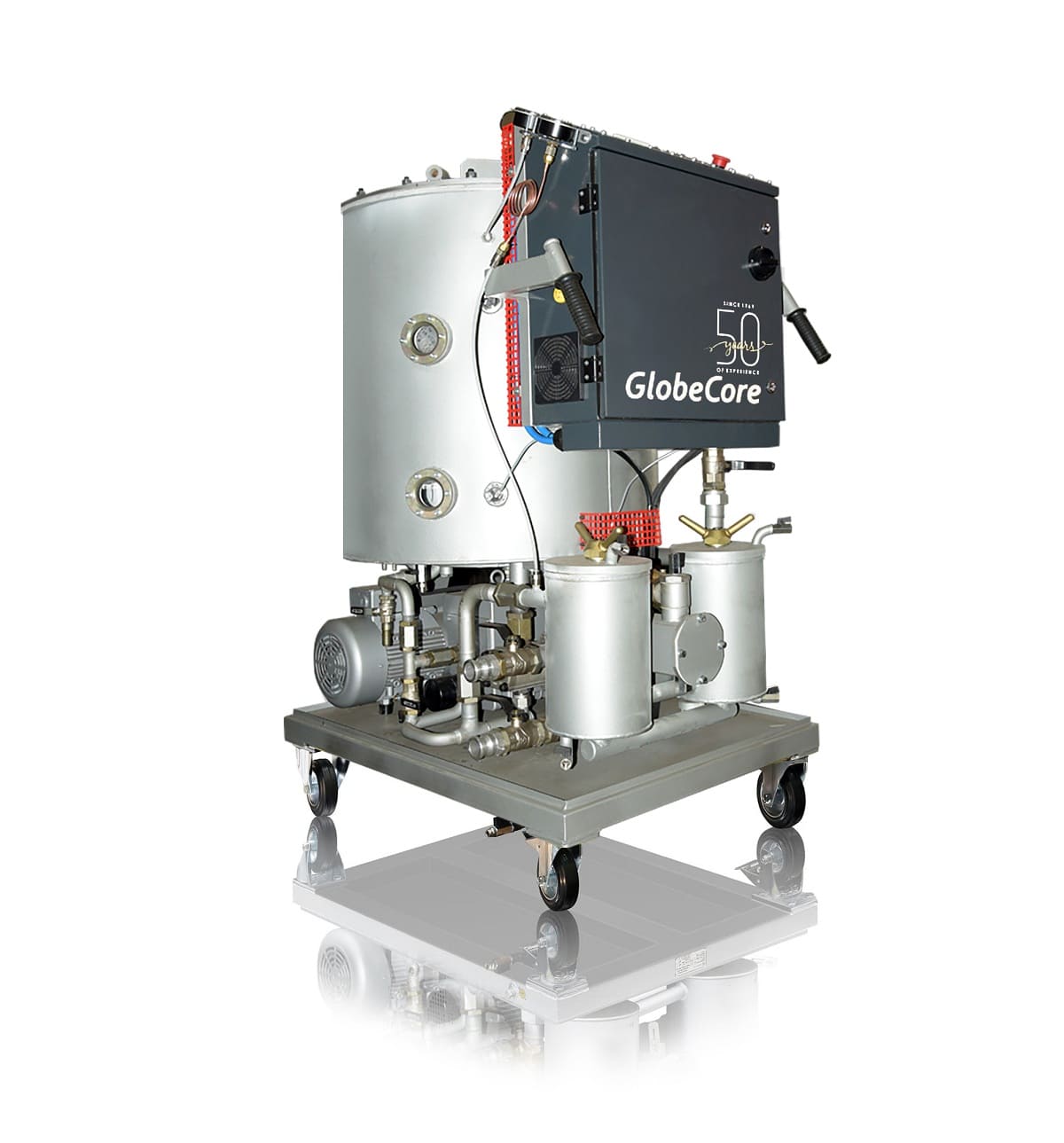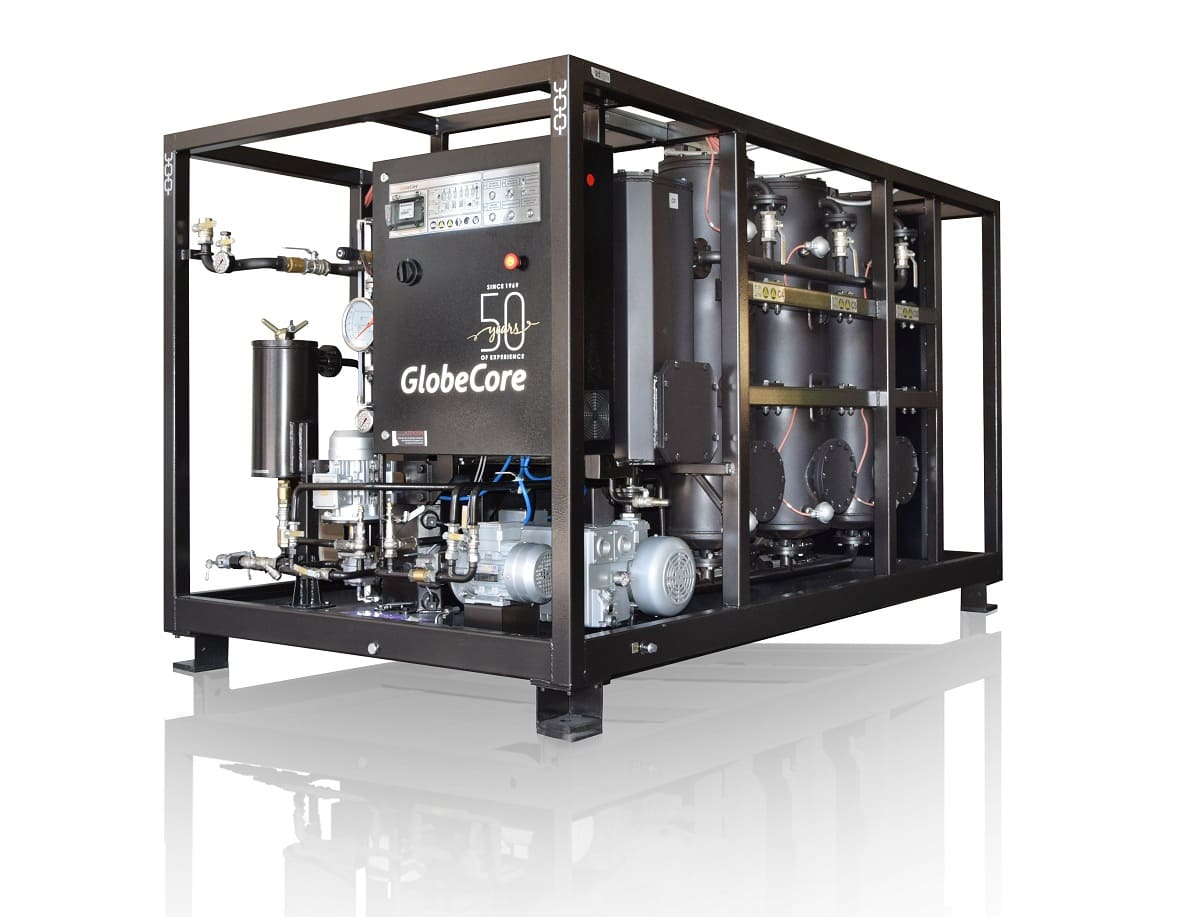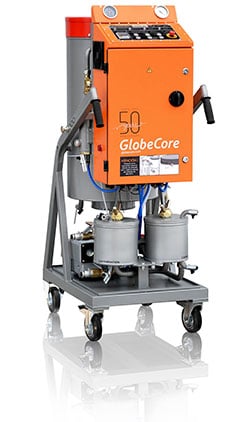What methods are used for Moisture Removal from Hydraulic Oil during purification?
- This topic has 1 reply, 2 voices, and was last updated 1 year, 2 months ago by .
Answers
-
October 7, 2024 at 2:47 pm by James Shepherd
Methods for Moisture Removal from Hydraulic Oil during purification include vacuum dehydration, thermal drying, adsorption, and centrifugal separation. Vacuum Dehydration involves reducing the pressure around the hydraulic oil, which lowers the boiling point of water, enabling moisture to evaporate and be removed efficiently. Thermal Drying heats the oil to increase the rate of moisture evaporation, often combined with air circulation to carry away the evaporated water. Adsorption utilizes materials such as molecular sieves or silica gel to absorb and capture moisture from the oil, effectively reducing its water content. Centrifugal Separation spins the oil at high speeds, using centrifugal force to separate water and other contaminants based on density differences. Absorption techniques may also be employed, where moisture is absorbed by desiccants or chemical additives that react with water to remove it from the oil. These methods are often used in combination to achieve thorough dehydration, ensuring that the hydraulic oil maintains its insulating and lubricating properties for optimal system performance.



